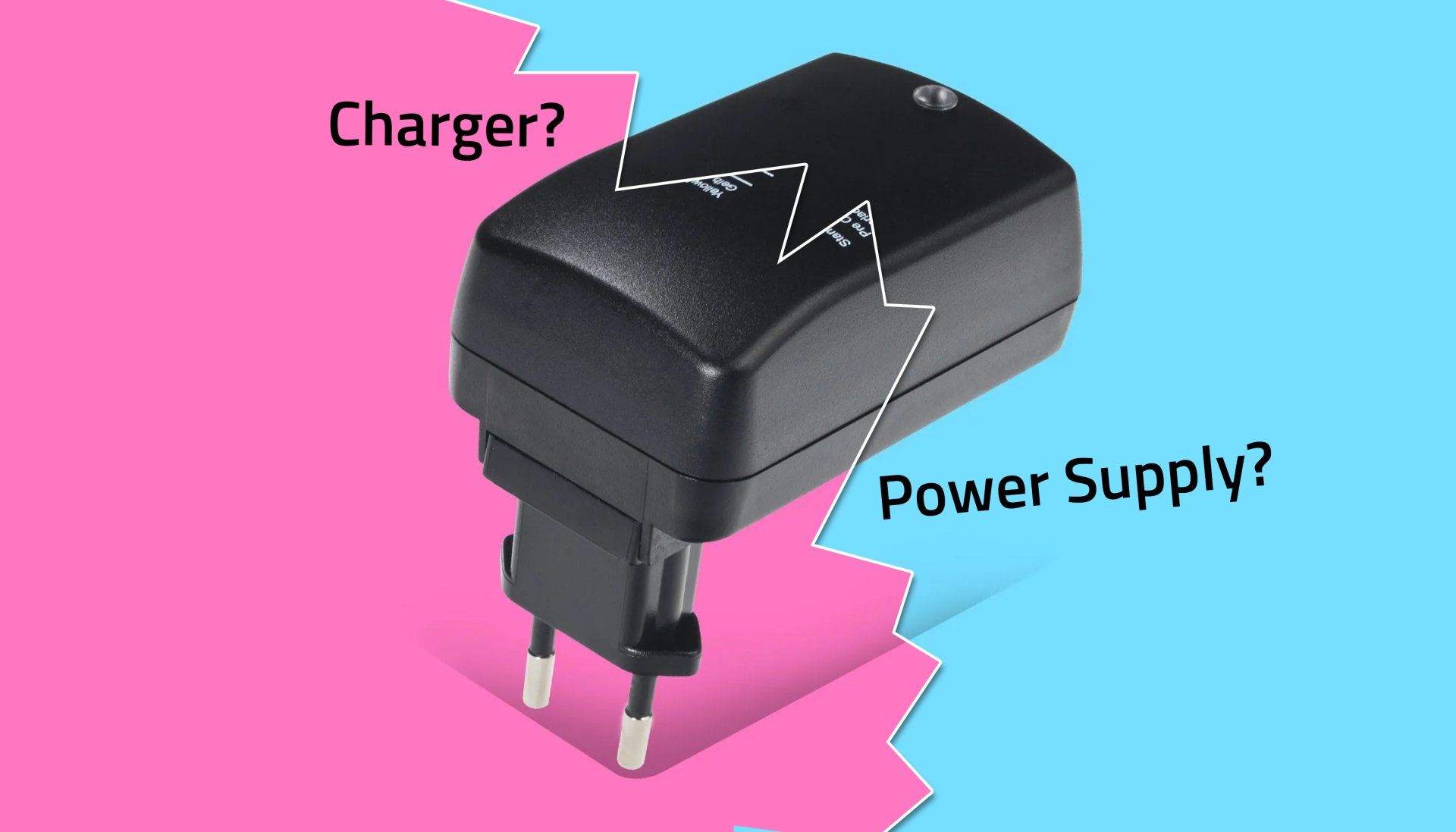cupoftea
Advanced Member level 5
Hi,
After several hours searching, i find the highest power SMPS i can find in all plastic , fanless enclosure is the LPC-150 from meanwell...
LPC-150
However, it is only allowed down to 180VAC minimum. Also, it must be derated in power when VAC goes below 200VAC....being only allowed 120W at 180VAC.
Also, it has overtemperature shutdown without saying where this temperature is measured.
Do you agree, you cannot get above 150W offline in plastic , fanless enclosure?
____________________________________________________________________________________________________________________
This one is all-plastic and fanless...
...and claims to do 280W from 100-265VAC......but its a laptop charger, and who knows, it probably only charges at that rate if the internal temperature is low?...it may well derate down to 100W as internal temperature rises.
____________________________________________________________________________________________________________________
Also, what external case temperature would the following metal cased, 150W SMPS get to when at 100VAC and full load, and in 40degC ambient temperature. ...Would you scald yourself if you touched it?
XLG-150
After several hours searching, i find the highest power SMPS i can find in all plastic , fanless enclosure is the LPC-150 from meanwell...
LPC-150
However, it is only allowed down to 180VAC minimum. Also, it must be derated in power when VAC goes below 200VAC....being only allowed 120W at 180VAC.
Also, it has overtemperature shutdown without saying where this temperature is measured.
Do you agree, you cannot get above 150W offline in plastic , fanless enclosure?
____________________________________________________________________________________________________________________
This one is all-plastic and fanless...
...and claims to do 280W from 100-265VAC......but its a laptop charger, and who knows, it probably only charges at that rate if the internal temperature is low?...it may well derate down to 100W as internal temperature rises.
____________________________________________________________________________________________________________________
Also, what external case temperature would the following metal cased, 150W SMPS get to when at 100VAC and full load, and in 40degC ambient temperature. ...Would you scald yourself if you touched it?
XLG-150
Last edited:
